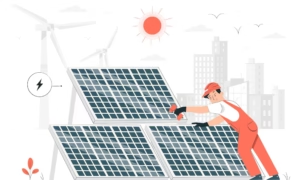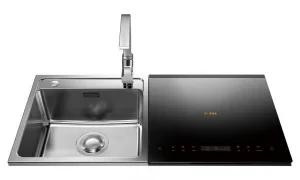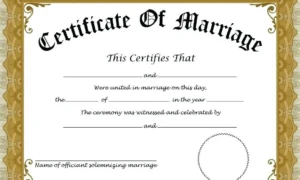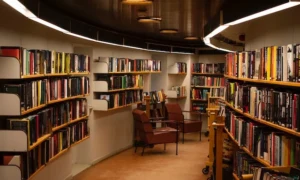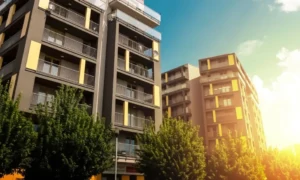Improving your home’s insulation is one of the most effective and cost-efficient ways to make your house more energy efficient. Adding insulation to your attic, walls, floors, basements and crawl spaces can significantly reduce your heating and cooling costs while also making your home more comfortable. Here is a comprehensive overview of retrofit insulation in existing homes.

Why Retrofit Insulation?
There are several key benefits to retrofitting insulation in an existing home:
- Reduces energy bills – Properly insulated homes use less energy for heating and cooling, saving homeowners 10-20% on average. With rising energy costs, this can lead to significant savings.
- Improves comfort – Insulation keeps homes warmer in the winter and cooler in the summer by slowing the transfer of heat between the interior and exterior. This helps maintain more consistent temperatures.
- Reduces noise – Insulation dampens sounds from outside the home, creating a quieter indoor space.
- Increases durability – Insulation protects against moisture accumulation by preventing warm, moist air from reaching cold surfaces where condensation can form. This protects against mold, mildew and rot.
- Higher resale value – An insulated home is more valuable and attractive to potential buyers. Insulation also qualifies homes for energy efficiency mortgages.
Where to Add Insulation
The key areas to focus on for insulation retrofits are:
Attic Insulation – Heat rises and leaks through the attic, making it a top priority for insulation. Attic insulation should have an R-value (a measurement of thermal resistance) of at least R-30 but preferably R-60 or higher in colder climates. Loose-fill cellulose or fiberglass insulation works well for attic retrofits.
Exterior Walls – Insulating exterior walls keeps rooms warmer in winter, cooler in summer and blocks street noise. Options include blown-in insulation, rigid foam boards or batt insulation. Aim for at least R-13 but ideally R-20+.
Basement/Crawl Space – Uninsulated basements and crawl spaces lead to significant heat loss through the floors above. Use faced batt insulation or rigid foam boards on basement walls and under floors. R-10 is a minimum but R-20 is better.
Ductwork – Sealing and insulating ductwork prevents costly energy leaks. Use duct sealant on joints and insulation wrap/blankets around ducts. Insulate to at least R-6.
How to Retrofit Insulation
Retrofitting insulation can be DIY project for some areas, while hiring a professional insulation contractor is recommended for others. Here are some tips:
- Attic insulation – Use loose-fill insulation blown in by a contractor or install it yourself. Leave soffit vents uncovered and use baffles along eaves.
- Exterior walls – Hire a contractor to drill holes and pump in loose-fill insulation or to install rigid foam boards. Refinishing may be needed.
- Basement/crawl space – Either fasten batts between floor joists or hire a contractor to apply spray foam insulation. Seal all air leaks.
- Ducts – Clean and seal ducts, then wrap flexible blankets around them. Use aluminum tape to seal joints.
Safety Considerations
Take proper safety precautions when retrofitting insulation:
- Protect skin and eyes from irritated by wearing gloves, safety goggles, masks and full coverage clothing.
- Keep insulation at least 3 inches from chimneys, recess lights and flues. Do not cover soffit vents.
- Check for proper ventilation to avoid moisture issues. Attics need ridge and soffit vents. Crawl spaces should have vents.
- Use fire-rated insulation like Roxul near chimneys, furnaces and heat sources.
- Hire an electrician to install insulation around knob-and-tube wiring which can’t be covered.
The investment in retrofitting insulation typically pays for itself within just a few years through energy savings. With a little planning and precaution, you can make your home more comfortable while also reducing energy use and costs. Consult attic insulation contractors to determine the best approaches and R-values for your specific climate and home. Making your home more energy efficient is one of the most eco-friendly and cost-effective home improvements you can make.









